The Royal Botanic Gardens, Kew and international partners named 74 plants and 15 fungi in 2023. The 89 species were found in all corners of the planet, including Antarctica, Madagascar and Korean. Today, Kew reveal their annual top 10 discoveries.
Dr Martin Cheek, Senior Research Leader in RBG Kew’s Africa Team, says the list is an important reminder of the beauty of the natural world, as well as a warning that biodiversity loss and climate change are an ongoing threat: “It is imperative now, more so than ever, that we do everything in our power to go out into the field with our partners and work out which species of plants and fungi we haven't given a scientific description yet. Without doing so, we risk losing these species without ever even knowing they existed.
“That is not to say the outlook is completely bleak. It is an incredibly exciting time to be a scientist but even as we make these wonderful new discoveries, we must remember that nature is under threat, and we have the power to do something about it.”
Dr Raquel Pino-Bodas, Honorary Research Associate in Comparative Fungal Biology at RBG Kew adds “Although fungi are one of the three major groups of eukaryotes, along with plants and animals, most fungal diversity remains undiscovered.
"Only five to ten percent of all existing species are known. Undescribed fungal species are not only found in remote, unexplored areas, they can be found in every environment on the planet."
- 10 carnivorous plants: discover incredible animal-killing plants with deadly traps
- How do plants breathe underwater?
- Do plants use warning colours?
Top 10 plant and fungal species new to science in 2023
Aeranthes bigibbum (orchid)
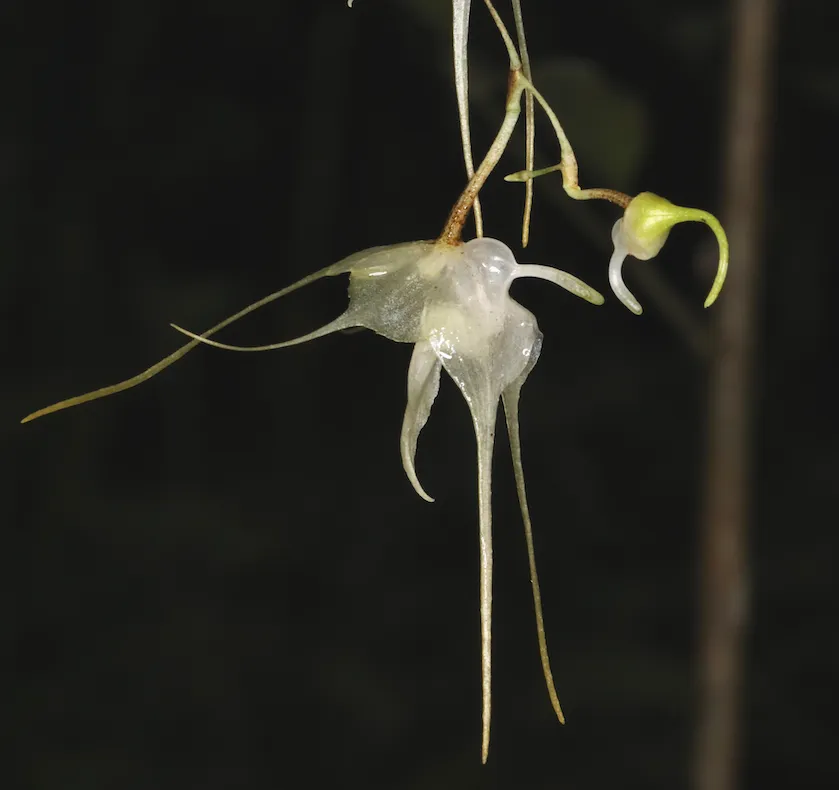
The newly described Aeranthes bigibbum (a species of orchid) was discovered on Madagascar by botanist Johan Hermans. Hermans was undertaking a years-long exploration of the island when he found the orchid.
There are an estimated 45 species within the Aeranthes genus – 40 of these are found almost exclusively on Madagascar. Most Aeranthes are forest epiphytes with pale and translucent flowers.
Baphia arenicola and Cochlospermum adjanyae

Ever heard of trees that grow underground? In 2023, Kew’s Dr David Goyder discovered two new species of underground trees during a National Geographic Expeditions survey of Angola. One of the species was named Baphia arenicola (‘growing on sand’) and the other Cochlospermum adjanyae (‘Adjany’s Cochlospermum’). A number of tree species from several families have evolved in the region, with some growing more than 90 per cent underground.
Lichtheimia koreana
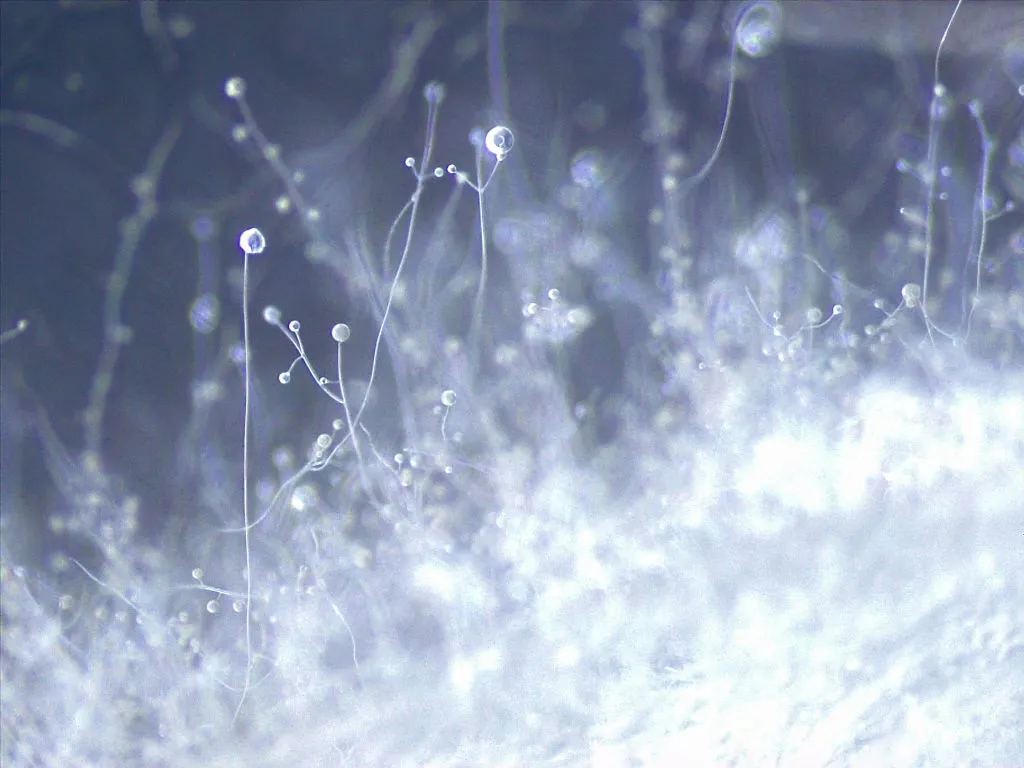
Species from the fungal genus Lichtheimia can found in compost heaps, soil, food products, invertebrates and even faeces. There are at least six species of Lichtheimia. The new species Lichtheimia koreana, described by Kew mycologist Dr Paul Kirk, was first isolated from soy waste in South Korea’s Kunryang-ri, Cheongyang and Chungnam Provinces in 2020 and 2023.
Dendrobium lancilabium

When a team of scientists visited the Indonesian island of Waigeo in 2020, they did so in the hope of rediscovering a long-lost species of blue orchid, Dendrobium azureum, which hadn’t been seen in 80 years. They found the orchid on the summit of Mount Nok, whilst also discovering a previously unknown orchid species: Dendrobium lancilabium subspecies wuryae. The spectacular plant – named after Mrs Wury, the wife of Indonesia’s vice-president – has bright red flowers and was described by Kew orchidologist Dr André Schuiteman together with local partners.
Pinanga subterranea
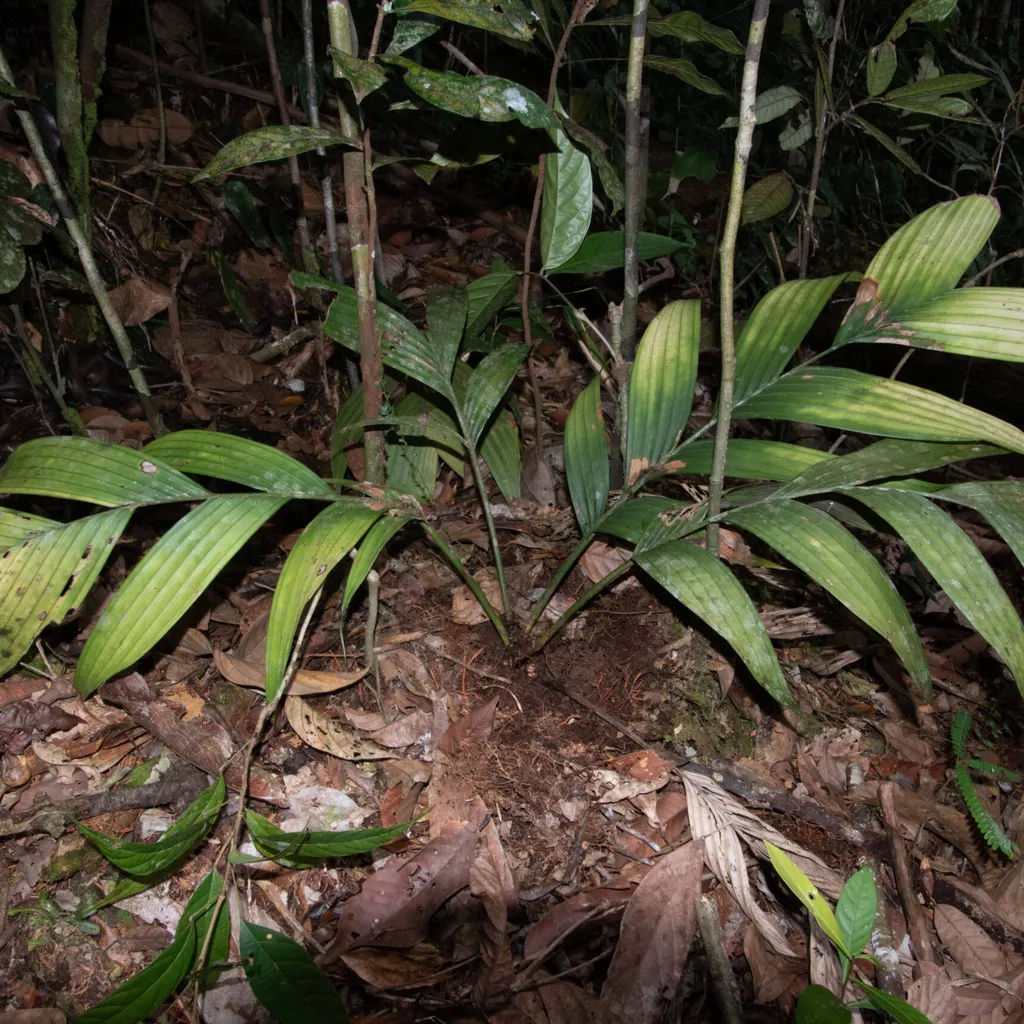
Found on the island of Borneo in South East Asia, Pinanga subterranea is the first and only known member of the palm family to exhibit both geoflory and geocarpy – it fruits and flowers almost exclusively underground.
The plant – with its bright red fruit – was already known to some local communities, and has several names in Bornean languages, including Pinang Tanah, Pinang Pipit, Muring Pelandok and Tudong Pelandok.
lichenicolous fungi: Arthonia olechiana, Sphaeropezia neuropogonis, and Sphinctrina sessilis
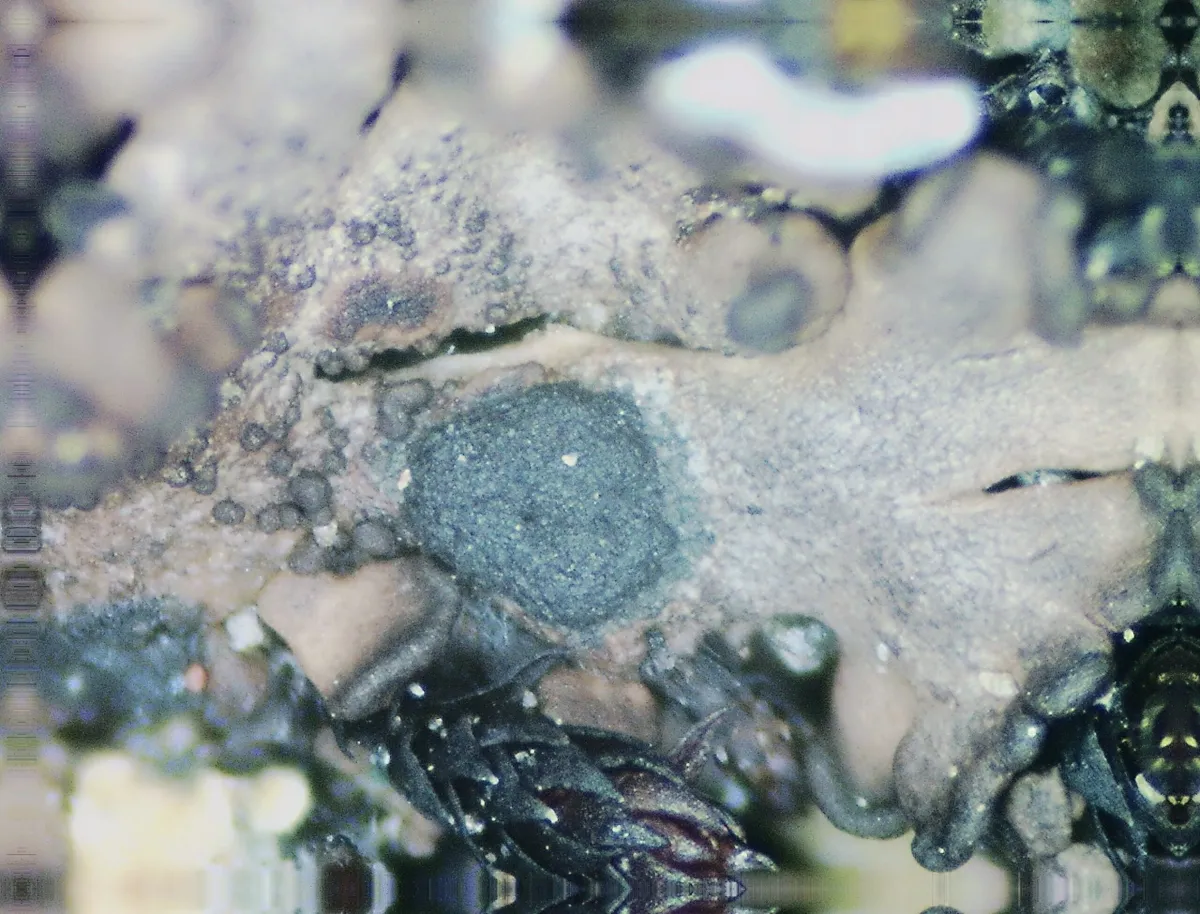
Flowering plants may struggle to survive in the barren landscape of Antarctica, but lichens thrive - where possible. Antarctic lichens cannot grow on ice, so they are forced to make the most of the two per cent of the continent that is exposed as bare rock. These nunataks, as they are known, provide a home for more than 400 species of lichen. However, very little is known about the fungi that grow on them: lichenicolous fungi. A study of Antarctic lichens collected in February 2018 has so far revealed three new species of lichenicolous fungi: Arthonia olechiana, Sphaeropezia neuropogonis, and Sphinctrina sessilis, described by a team including Kew’s mycologist Raquel Pino-Bodas.
Nicotiana olens

The tobacco genus Nicotiana is scattered all over the globe, but more than half of its known 90 species are found in Australia. In 2023, scientists described a total of nine new species of Nicotiana, including N. olens, named after its pleasantly scented flowers. Hailing from New South Wales in Australia, the plant grows in open sites on clay or sandstone, specifically in Pines Picnic Grounds in Cocoparra National Park.
Microchirita fuscifaucia

Scientists recognise approximately 47 species of the genus Microchirita , 37 of which are found in Thailand. The herbaceous plants have small flowers that can be white to blue, yellow or orange, plain or multi-coloured with spots or stripes. Their most striking feature is the inflorescence, which emerges from the leaf stalk.
The new species Microchirita fuscifaucia was found in Thailand. Locally, the plant is known as Yat neramit. It was described in 2023 by Carmen Puglisi and colleagues David John Middleton, Naiyana Tetsana, and Somran Suddee of Singapore Botanic Gardens and the Forest Herbarium (BKF) in Bangkok.
Indigofera abbottii
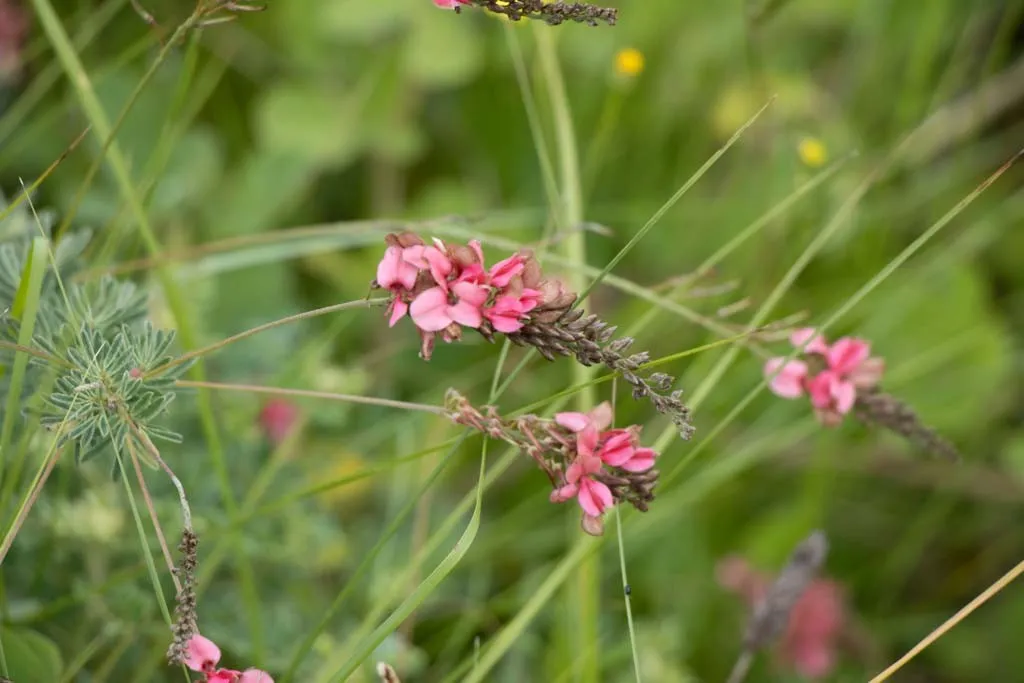
Scientists have named 750 species of Indigofera (indigo-bearing) plants around the tropics, many of which are either highly toxic or very palatable to livestock. Indigofera grow mainly shrubs, with T-shaped hairs, cylindrical pods and red or pink flowers.
Dr Brian Schrire, a Kew Honorary Research Associate, has been researching this genus for decades. Among the newly described species is Indigofera abbottii, named after Anthony (Tony) Thomas Dixon Abbott, a pioneering conservationist and amateur plant collector who found innumerable plant species including this very namesake.
Crepidorhopalon droseroides
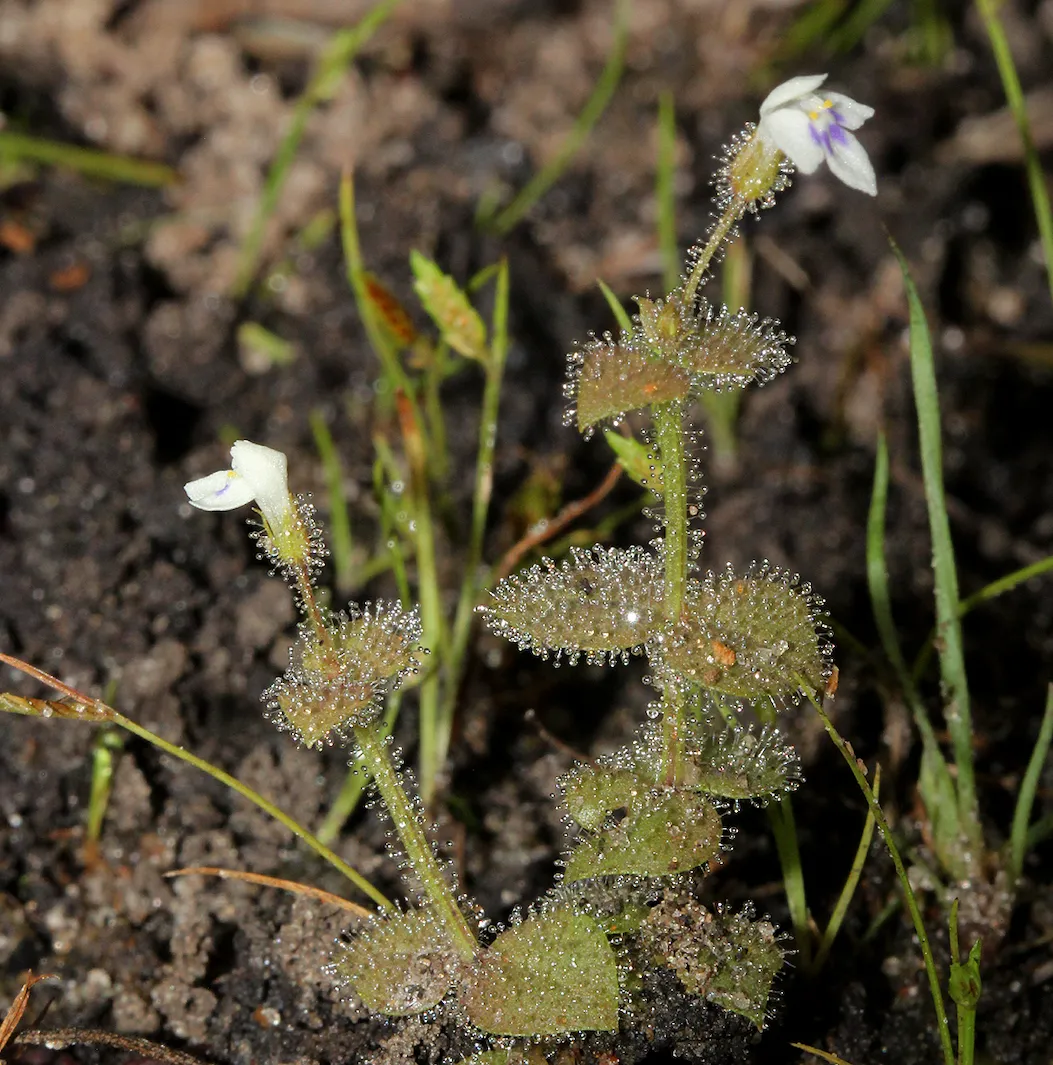
This unusual plant was discovered in Mozambique by field botanist Bart Wursten. Similar to sundews and covered in insect-trapping glandular hairs, the plant was revealed to be in the genus Crepidorhopalon, a group of flowering plants in the order Lamiales (mints and relatives). It is the 34th known Crepidorhopalon species, though no other species in this genus features these sticky, glandular hairs.
You may also like: